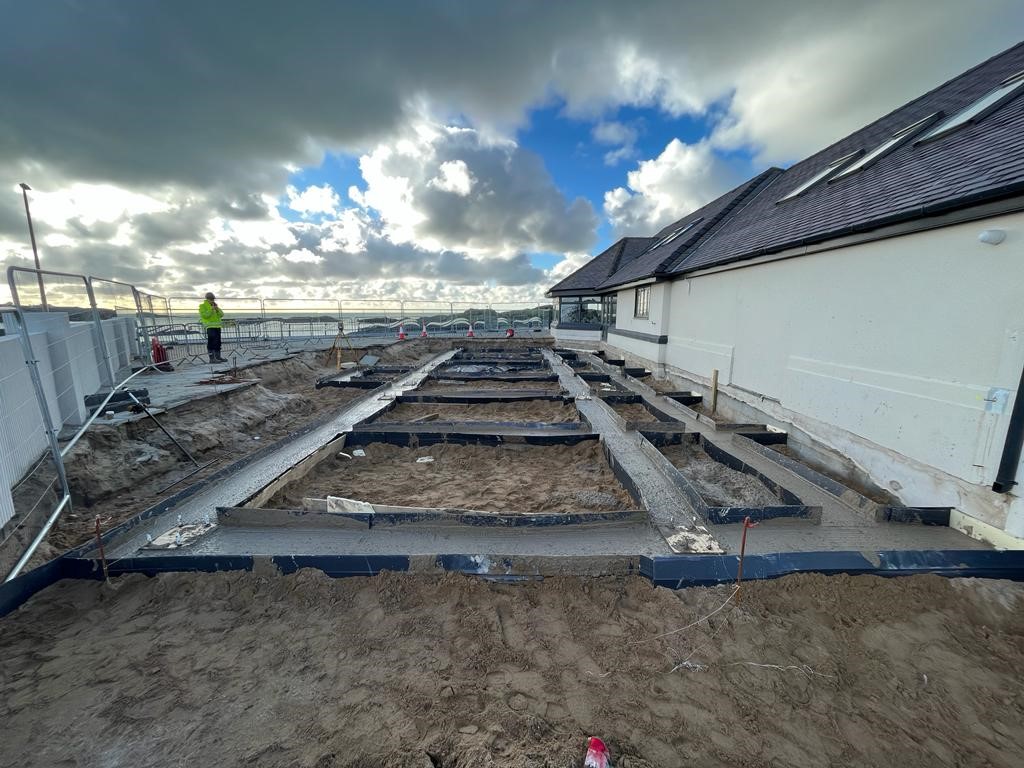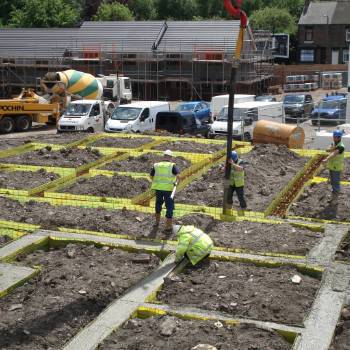What are Mini Piles
- 20 December 2023
- 134
- Mini Piles
In the realm of construction and foundation engineering, Mini Piles have emerged as invaluable solutions, offering stability and support in challenging ground conditions. Whether you’re embarking on a new construction project or addressing foundation issues, understanding the nuances of Mini Piles is crucial. In this article, we will delve into the world of Mini Piles, exploring their definition, applications, and the myriad benefits they bring to the construction landscape.
Defining Mini Piles:
Mini Piles, also known as micropiles or pin piles, are slender, deep foundation elements designed to transfer structural loads to deeper, more stable soil layers or rock. Unlike traditional piles, Mini Piles are characterized by their smaller diameter, typically ranging from 100mm to 300mm. Despite their diminutive size, these piles exhibit impressive load-bearing capabilities, making them an ideal choice for projects with space constraints or challenging soil conditions.
Applications of Mini Piles:
Urban Construction: In densely populated urban areas where space is limited, Mini Piles prove to be a practical choice for providing foundational support without the need for extensive excavation.
Infrastructure Projects: Mini Piles find extensive use in the construction of bridges, highways, and other infrastructure projects. Their ability to navigate challenging soil conditions makes them a reliable solution for ensuring structural stability.
Retaining Walls: Mini Piles are often employed in the construction of retaining walls, especially in locations with unstable soil. Their slender profile allows for efficient installation without compromising the integrity of the structure.
Renovations and Retrofits: When existing structures undergo renovations or require additional support, Mini Piles offer a minimally invasive solution, reducing the impact on the surrounding environment.
Key Benefits of Mini Piles:
Versatility: Mini Piles are adaptable to various construction scenarios, making them suitable for a wide range of projects, from residential buildings to complex infrastructure developments.
Reduced Environmental Impact: The smaller diameter of Mini Piles minimizes the need for extensive excavation, resulting in less disruption to the surrounding environment and faster installation.
Cost-Efficiency: Despite their smaller size, Mini Piles provide a cost-effective alternative, offering substantial load-bearing capacity and structural stability without the need for large-scale excavation and materials.
High Load-Bearing Capacity: Mini Piles are engineered to provide impressive load-bearing capabilities, ensuring the stability and safety of structures even in challenging soil conditions.
Conclusion:
As we unravel the mysteries of Mini Piles, it becomes evident that these slender foundation elements pack a powerful punch in the world of construction. Whether you’re navigating urban constraints or addressing challenging soil conditions, Mini Piles stand as a testament to innovation and efficiency, offering a reliable foundation for a diverse range of projects.


Add Comment